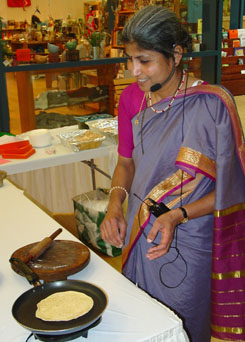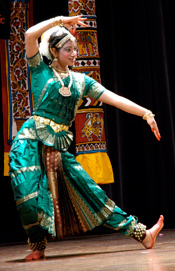| |
|
|
||
| |
|
|
||
| |
| Indian Festival Traditions Anand Mela! A Joyful Gathering |
Besides spices, other key ingredients are dairy products, ghee (clarified butter and cheese curds), dals, and rice. Fried vegetable
patties, somosas (small, stuffed, and fried pies), soups, and crackers serve as snacks or appetizers. Kebabs, biryanis (meat and
rice dishes), and stews of various vegetables alone or mixed with chicken, lamb, beef, or cheese curds are served alongside pickles
and chutneys (pickled and spiced fruits), as are meats prepared in a tandoori (clay) oven. Chapatis, rotis, and parathas are among
the variety of flat and sometimes stuffed breads In Iowa, homemade Indian food also makes use of ingredients found here such as corn and soy beans, which
are combined with traditional spices to create new dishes. TOP Music There are two distinct and independent Indian classical music traditions: Hindustani (from north India) and Carnatic (from south India). Both are characterized by two features central to all Indian classical music: raga (scale) and tala (rhythm or beats, similar to metre in the western musical system). Classical Indian dance is based on Indian classical music, which always accompanies the dance. TOP Dance
Text by Riki Saltzman with the assistance of Rema Nilakanta, Pramod Sarin, and Pramod Mahajan. Photos by Will Thomson, Teresa Zilk & Riki Saltzman.
|
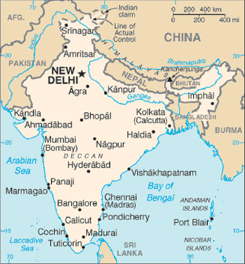
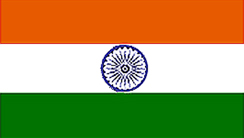
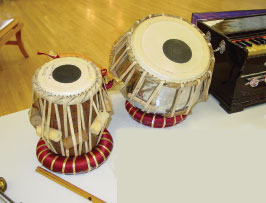
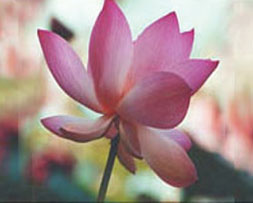
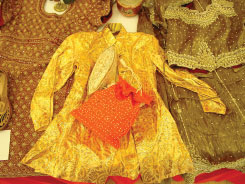
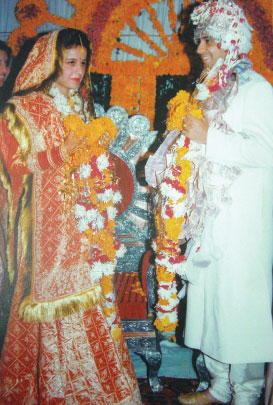
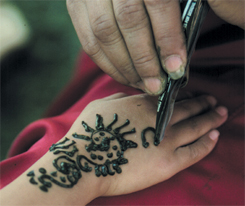 dye on the skin for up to three weeks. Rangoli or sand painting, is an ephemeral art form using a variety of colored sands to create detailed pictures, often referring to Hindu gods, goddesses, and their stories. Once completed, the "paintings" are blown into nearby bodies of water; their value and purpose is their very impermanence. In the northern state of Gujarat, people make and fly kites during spring festivals. Uttarayan in mid-January and Vasanta Panchimi in mid-February are the two major festivals associated with kite flying.
dye on the skin for up to three weeks. Rangoli or sand painting, is an ephemeral art form using a variety of colored sands to create detailed pictures, often referring to Hindu gods, goddesses, and their stories. Once completed, the "paintings" are blown into nearby bodies of water; their value and purpose is their very impermanence. In the northern state of Gujarat, people make and fly kites during spring festivals. Uttarayan in mid-January and Vasanta Panchimi in mid-February are the two major festivals associated with kite flying. 